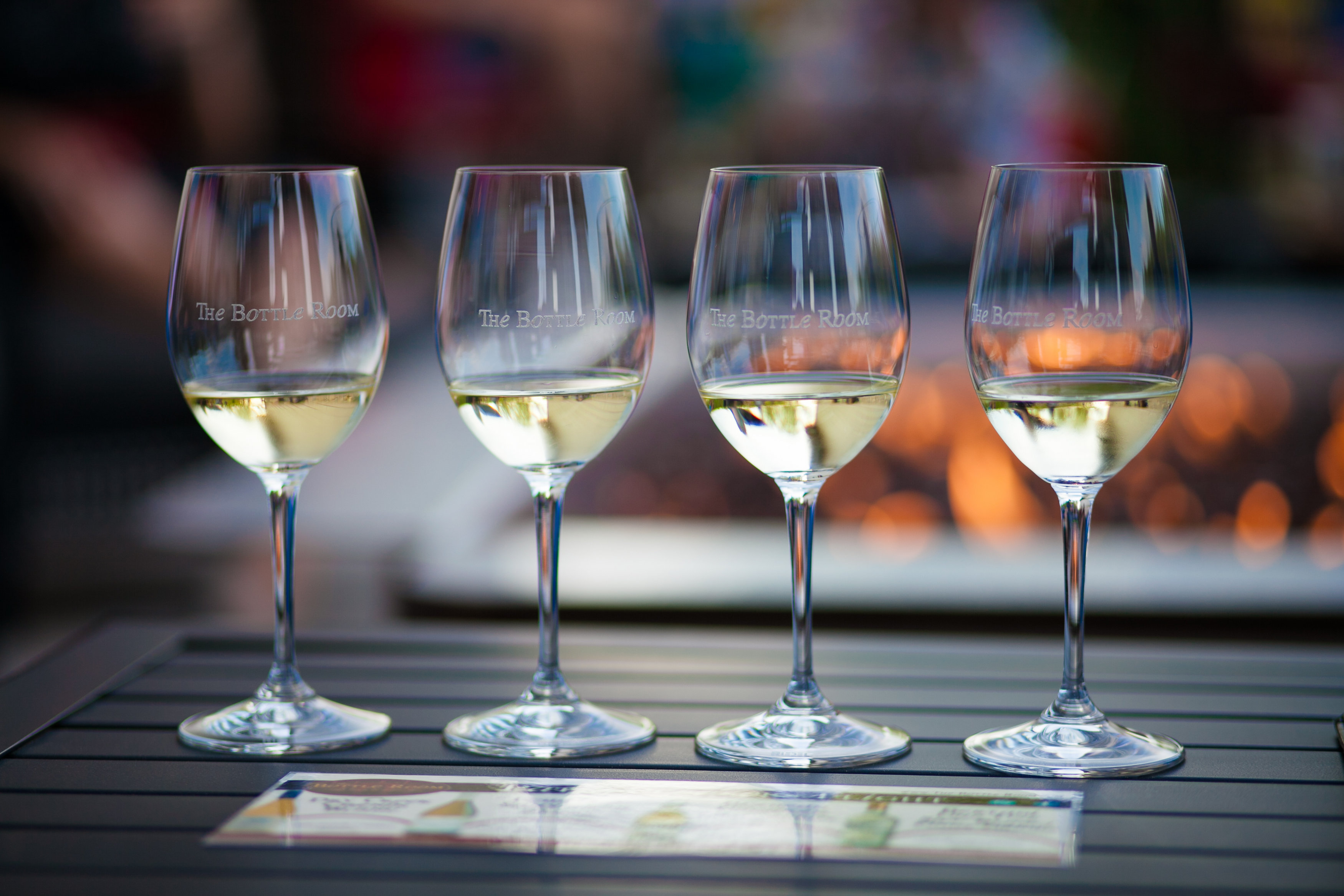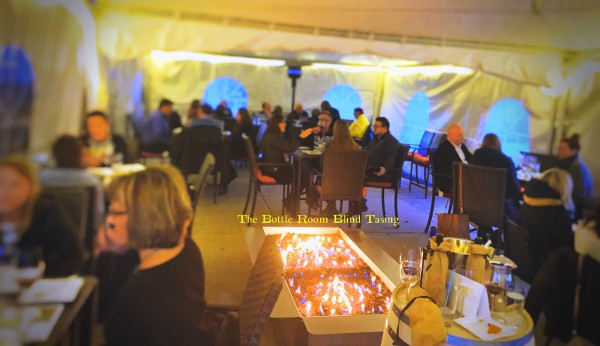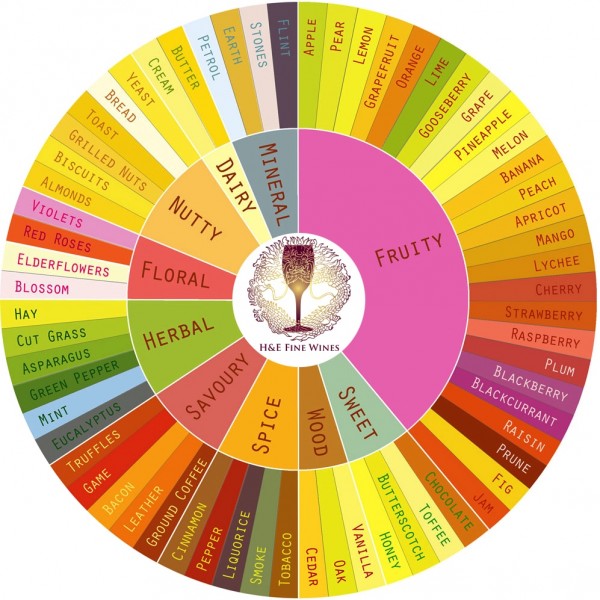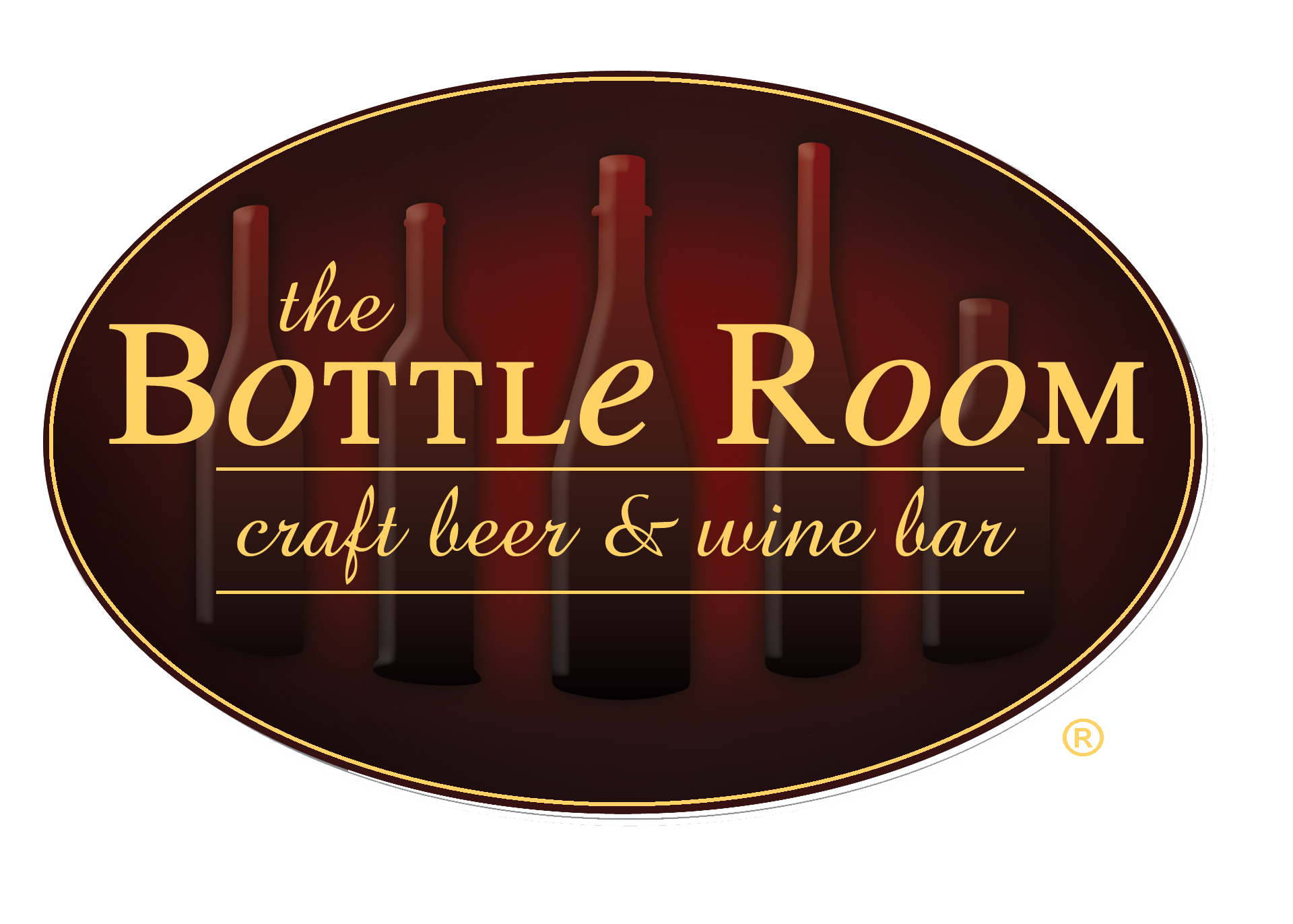
Blind Tasting Can Help You Find Your Style
The Bottle Room has conducted several blind tasting events for our guests. As owners we blind taste almost daily. Why? To make sure we are not influenced by anything other than the wine itself. To make sure that we understand the composition of the wine so that we also understand what we like and do not like.
Blind tasting can also be a fun game to see if you can guess the grape varietal, but that is only a bonus if you get it right. In the process of blind tasting we are discovering the quality, the healthiness and like-ability of a wine. Also once we know what it is we can determine if this wine is similar to wines of the same varietal and region.
How do we do this? Simple. We break the wine into some categories.
Faults: Before a wine is assessed for beauty it must be ruled out on faults.
I won't go to deep, but the biggest fault in a wine most talked about is cork taint. TCA. Trichloroanisole. This smells like damp basement, wet card board or dirty socks. If your wine has no fruit component whatsoever and smells like the above, send it back. It's not your fault it's the wines. LOL. Now there are many other faults that are ok in small amounts but too much makes them yucky. Brettanomyces, Oxygentation, getting cooked, and being out of balance are a few.
Sugar, how much sweetness from actual sugar appears to be in the wine. Not the fruit flavor that can be confused as sweet, but actual sugar from the grapes. The difference between a Moscato and a Savignon Blanc.
Acid, this is the watering feeling you get on the sides of your tongue. Some wines can be very acidic(bright). Some may have no acidity(flabby).
Tannin - The gritty feeling or structure the skins of a grape and oak of a barrel give to a wine. Usually felt on the gums like a drying sensation. Probably one of the biggest segregator amongst red wine drinkers is the amount of tannin in a wine. There are many kinds of wines that are well known to have and also be without tannins. If your like me then you can enjoy both based on what you want from a wine that day. Otherwise I suggest you become familiar with wines that fit whichever camp you belong to, tannins or light to no tannins. Probably the latter of the two. And just to mention, the tannins become less aggressive as a wine ages and become smoother and soft. Unfortunately with that the wine could lose some of its fresh fruit flavors and taste as it is aged.
Alcohol - This factor won't change over time. The heat that you feel on the back of your throat comes from the alcohol. Over time these trends go back and forth. But typically areas of more sun and riper grapes will have higher alcohol content. The winemaker and vineyard managers battle over the appropriate time to pick those wonderful wine producing grapes.
Along with the above structural components of a wine we add in the pleasure producing aspects:
Primary aromas and flavors are those that come from the grape growing process. Fruits, flowers, berries, vegetal, herbs.
Secondary aromas and flavors are from the winemaker influence. Use of barrels, adding acid and the type of yeast used to make the wine. Think vanillas, nuts, woods , spices, buttery, waxy mouthfeel or fine, smoked, toast, coffee.
Tertiary aromas and flavors come from the aging process including how long in barrel and then how long in bottle. Think of leather, musk, chocolate, truffle, tree moss, mushrooms, cooked fruits,raisined fruits. As a consumer you will have an influence on the wine depending on how long you leave it before drinking it. I believe most wine should be consumed within 3 years and a few at 5 years and a very small carefully selected few based on many factors that can age many years. That is a whole article on its own.
So at the end of the day, we need to draw a conclusion on the wine. Please keep in mind there are no right answers here. My palate has changed many times during my tenure in wine tasting. You need to drink what you like, but make sure you know what that (like) part really is.
I sum it up like this:
Is it Faulty
Do the S,A,T,A components of the wine work together (balanced wine) or is there one component that is standing out too much for me to like the wine.
Does it have a pleasurable component with the Primary, Secondary and tertiary aspects in the wine
DO I LIKE IT - What combination of components above make it enjoyable
When you discover which parts combined together make the wine enjoyable to you it can give you some confidence in ordering at a restaurant or at a store. Take note of varietals that have these characteristics in the wine and regions they are produced in. Then when you find yourself looking for wine in an unfamiliar place search out these styles to fit your palate.
If you attend any of our upcoming wine tastings we would love to help you discover your style.
Have a great day. And try blind tasting at home to see if you can pick out the different components in your wine.


<<-- Back to Blog Email to a friend




